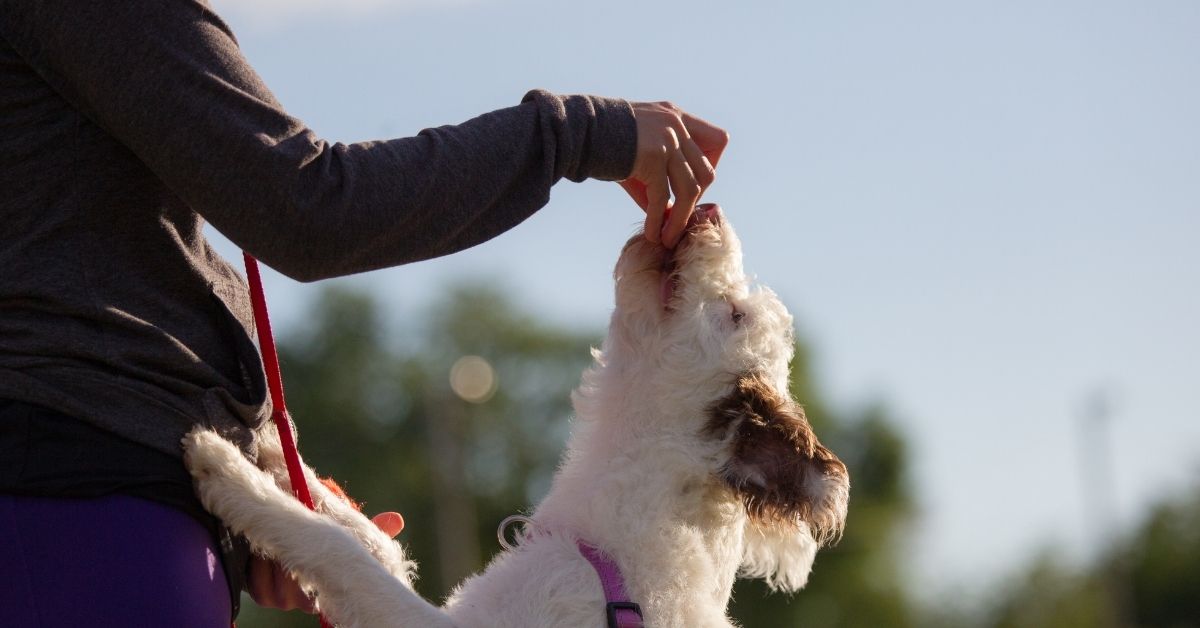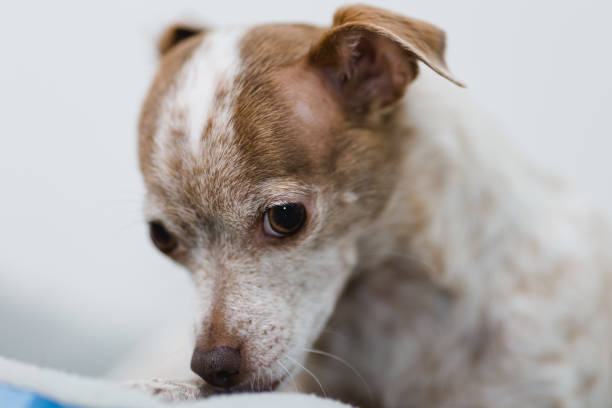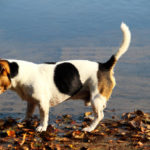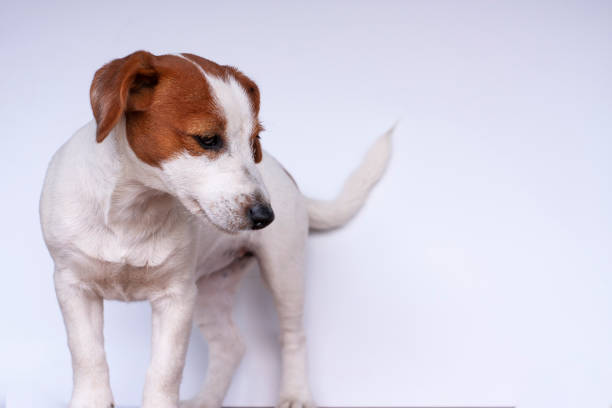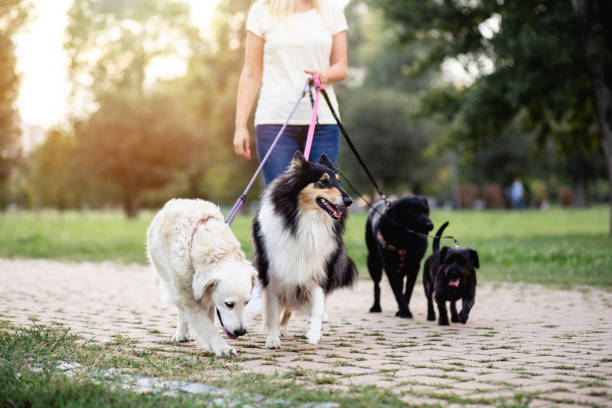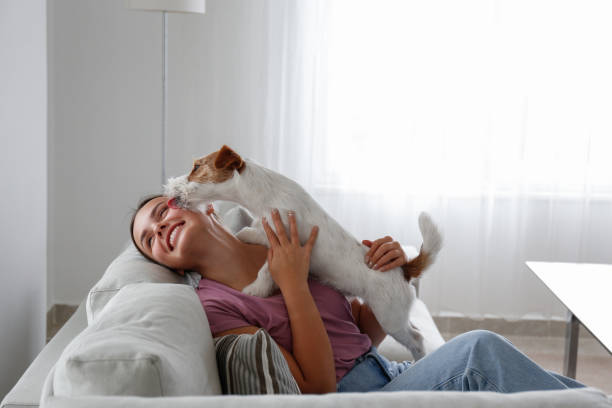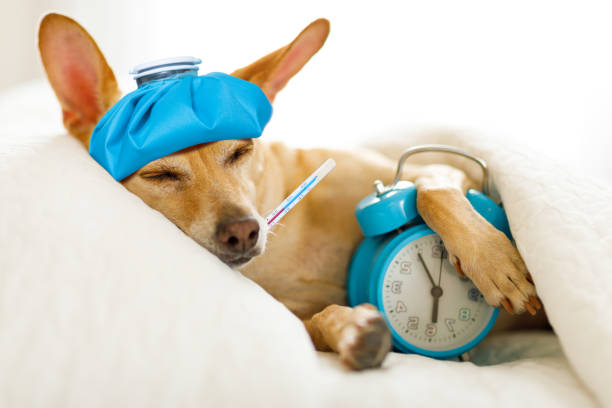How to stop a Jack Russell Terrier from biting
Biting can be one of the most annoying traits of an otherwise wonderful dog breed like the Jack Russell Terrier. While it may not seem like much at first, biting can become a significant problem if left unchecked, especially as your dog gets older and his teeth continue to grow more vicious. In order to stop your Jack Russell Terrier from biting, here are some things you’ll need to do.
Step 1: Stay calm
When your dog starts to show signs of aggression, it’s important not to become aggressive yourself. Your dog will look for cues from you about how he should behave, so if you are angry or frustrated, he may become more aggressive in response. Remain calm and focus on getting him away from whatever is provoking him.
Step 2: Choose the right time and place
Dogs are pack animals, which means they love interaction with people, other dogs and even other animals. They’re happiest when they have constant companionship and company. Make sure you spend plenty of time with your terrier. This can be as simple as walking your dog every day or getting involved in a doggy daycare or dog park near you. If you don’t have time for any of these activities, it may be worth considering whether your newfound pet is right for you.
Step 3: Ignore your dog’s bad behavior
In order to stop your dog’s bad behavior, you must be consistent. That means ignoring your pet when he is doing something wrong and praising him when he is behaving well. Remember that dogs want and need structure, so establish yourself as an authority figure and do not allow any misbehavior. Once your dog has stopped acting out, be sure to give him plenty of praise in order for him to associate his good behavior with your reaction towards it.
Step 4: Correct your dog
The most obvious thing you can do when your dog bites is correct them. As soon as they bite, give them a firm no and then separate yourself from them, if possible. For example, if your dog tries to bite when you are petting him or her, stop petting and immediately say no. Then, either leave the room for 10 minutes or lock him or her in another room until he calms down.
Step 5: Give only clear commands
One of the biggest mistakes people make when training their dogs is giving unclear commands. Your dog won’t understand if you say No, [sibling’s name], let go of my phone. It needs to be very clear that you want him to stop doing something; even if it seems counterintuitive, asking your dog not to do something will only confuse it further.
Step 6: Reward good behavior
Dogs are easily rewarded for bad behavior and will continue it as long as they continue getting rewarded. Use their favorite toy or treat, but also try giving them praise when they don’t bite. Tell them Good boy! in an upbeat voice. When they hear you say that, they may get excited thinking that a reward is coming, so make sure you follow through with one if they stop biting while being praised.
Step 7: Don’t punish bad behavior with bad behavior
Use positive reinforcement instead. When you make an effort to stop your Jack Russell from biting, remember that treats and other rewards are always more effective at getting results than punishment is. Reward good behavior (and even neutral behavior) with praise, affection, or a treat.
